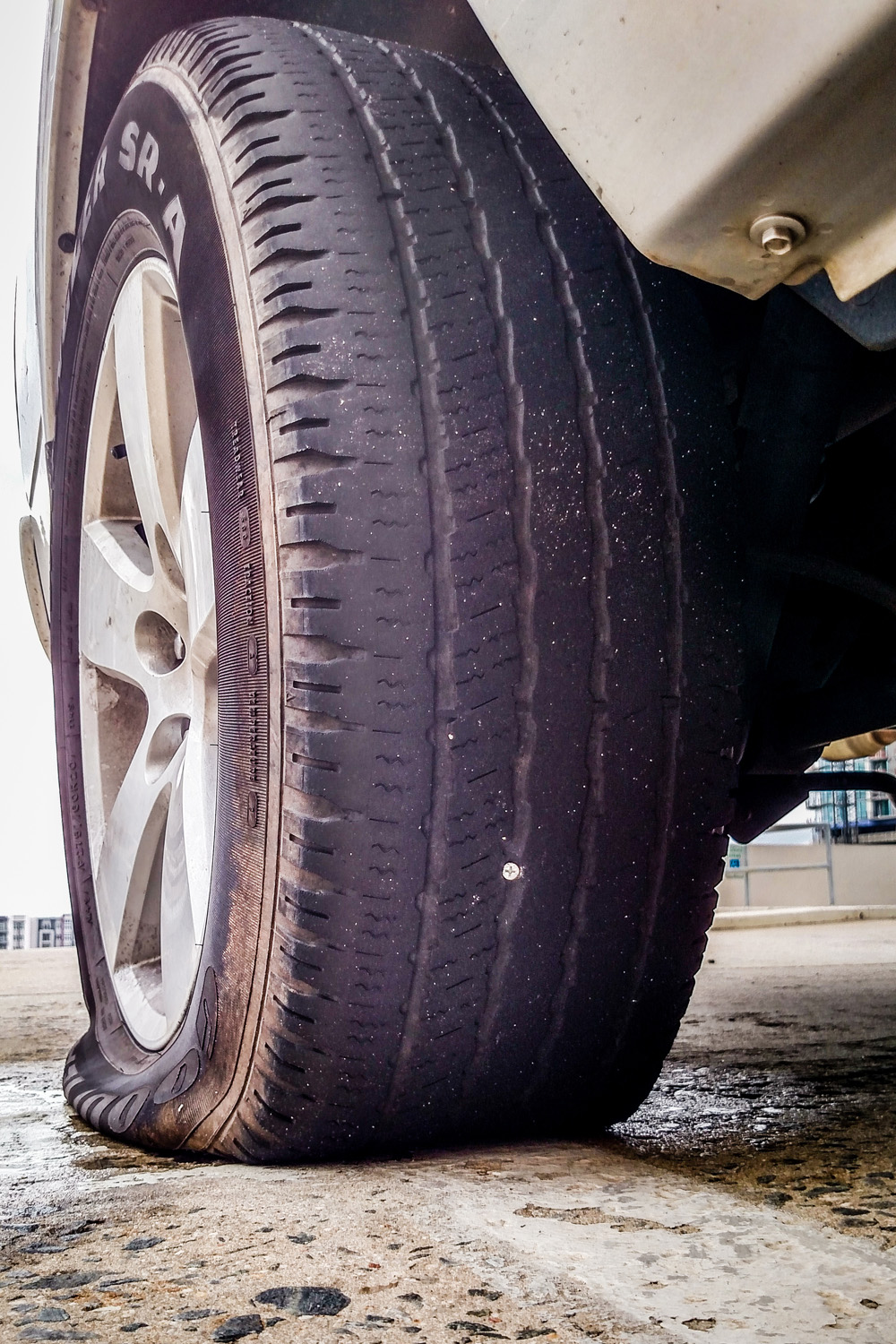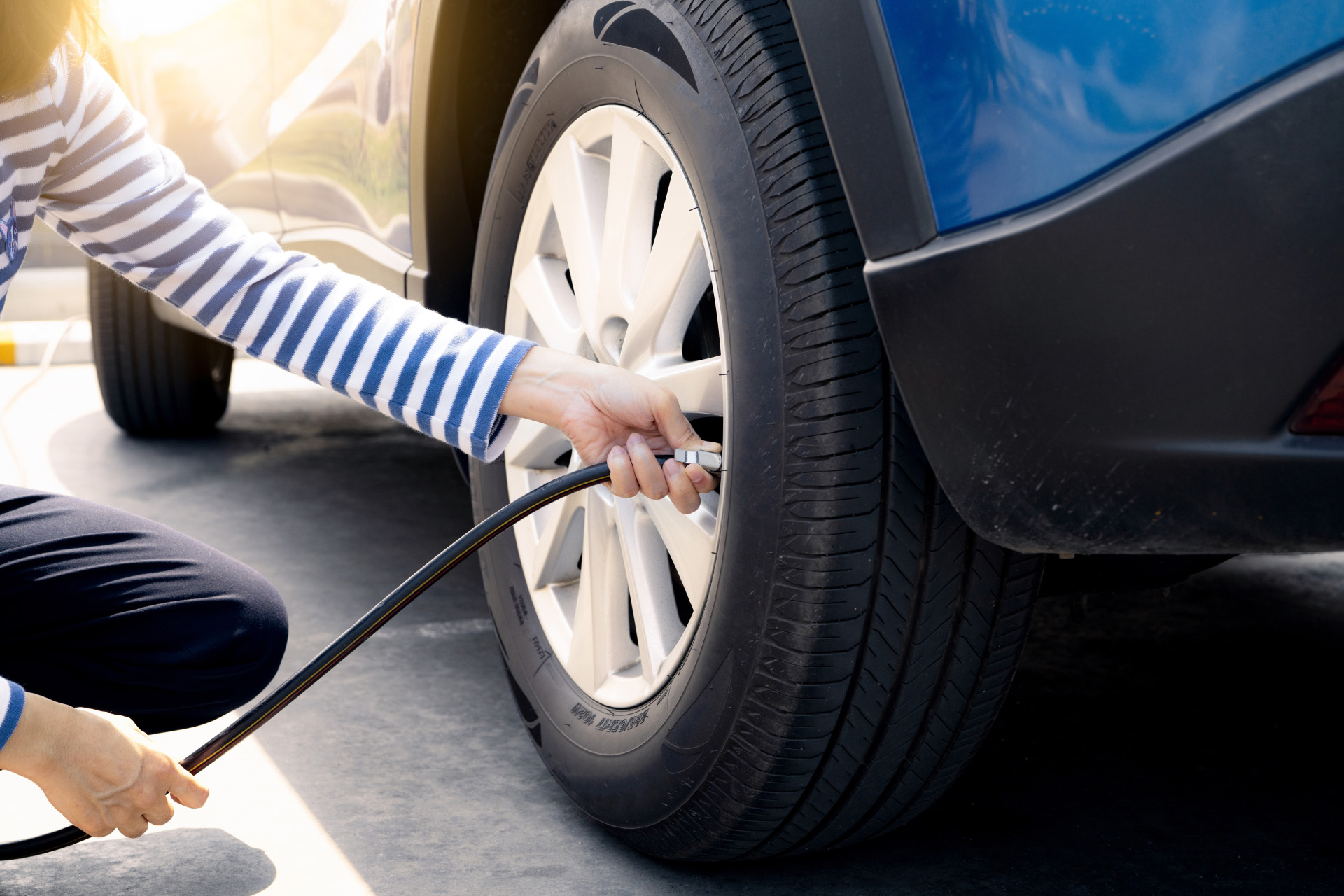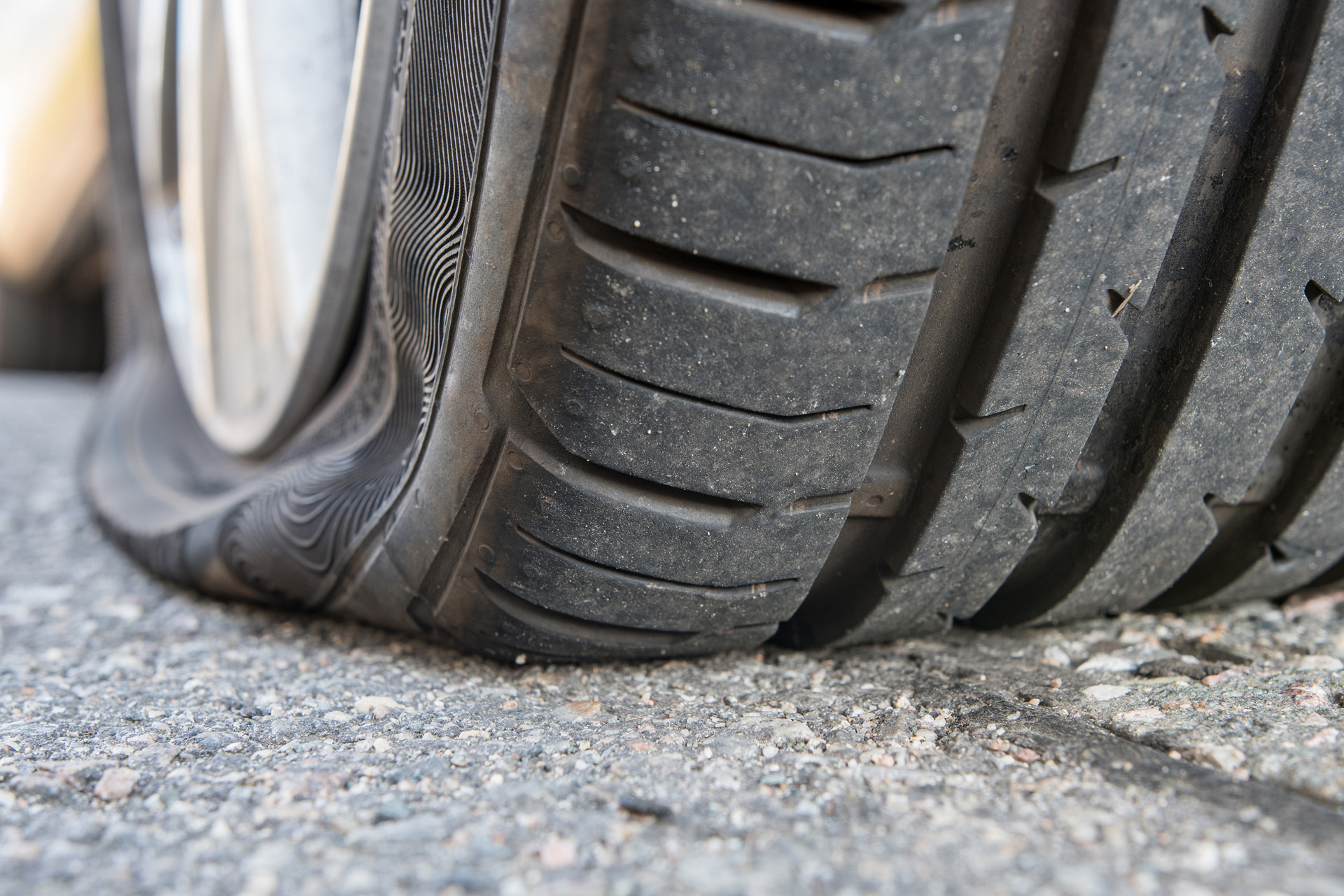
That Sinking Feeling: Flat Tyre Tips
By
9 months ago
What to do when the pothole strikes...
Britain’s pothole plague is responsible for road delays and breakdowns – motoring editor Jeremy Taylor and Jessica Talbot-Ponsonby talk flat tyres and how to help yourself.

How To Deal With A Flat Tyre
J-TP – So, how cross are you on a scale of one to ten?
JT – Quite frankly, I’m off the scale. Potholes have claimed three of my car tyres in four years and cost over £600. The latest one is infuriating as it was hidden in a puddle!
Ouch! I read that according the latest figures, the RAC alone dealt with nearly 30,000 pothole-related breakdowns in 2023. That’s up 22 percent on the previous year. And a pothole index suggests drivers are one-and-a-half times more likely to experience pothole damage than they were 15 years ago.
And most of those breakdowns are simply caused by a flat tyre. Motorists seem to have lost the skill of how to change a tyre. These days, they just dial a breakdown company and wait for somebody to do it for them.
It’s not exactly difficult. Although I do remember when we had a flat in Scotland and the test car didn’t have a spare, or a tyre inflation kit. It was -5°C, so we left the car with a local farmer and took a taxi to Edinburgh!
Indeed. That was a sports car with low profile tyres. I’ve just been testing an SUV with a more rugged type of off-road tyre called Terratoura. They’re made by Davanti and crashed through huge potholes without any issues.

Hmm. Great for commutes through the country lanes of the Cotswolds. So, perhaps we should remind people about the simple art of changing a tyre?
According to the Davanti expert, Sean Maddocks, the art of changing a tyre is slowly being lost in the modern age. However, knowing how to change a tyre can help you avoid being stranded in unsafe conditions.
Some cars are equipped with run-flat tyres that get you safely to a garage, or tyre pressure monitoring systems. That should help reduce the number of breakdown call-outs a little.
It should, but a DIY approach to changing a tyre is still the best. Here’s a run-down of what you need to do. Firstly, find a safe location away from traffic and secure the vehicle by applying the handbrake and placing a brick, piece of wood or large stone behind the wheels not being lifted.
Good point. I did use a frozen chicken from my weekly supermarket shop once, but that’s another story.

Next, loosen the wheel nuts whilst the flat tyre is still on the ground but don’t take them off completely. Use the owner manual to locate the jacking point near the flat tyre and jack the car up to about six inches off the ground.
Yes, using the right jacking point is crucial – don’t just assume any part of the underside will take the weight of the entire car!
Remove the wheel nuts and pull off the wheel. Put the new wheel and tyre straight on, then hand tighten the wheel nuts. Lower the car using the jack until it is just touching the ground and tighten the nuts up.
By this point you may have chipped several nails and covered your hands and clothes in muck, but don’t let that put you off.
Finally, lower the car fully onto the ground and give all the nuts a final tighten. Oh, and then get that flat tyre replaced as soon as possible.
We should stress that if you feel unsafe or uncertain at any point, call a breakdown service. Although, by doing so, you may be forcing another driver with a ‘proper’ breakdown to wait even longer.
EXPLORE
For more tyre tips and advice visit davanti-tyres.com
Jessica Talbot-Ponsonby is Director of Programmes at London College of Fashion, studying for a PhD in sustainable e-textile design.







